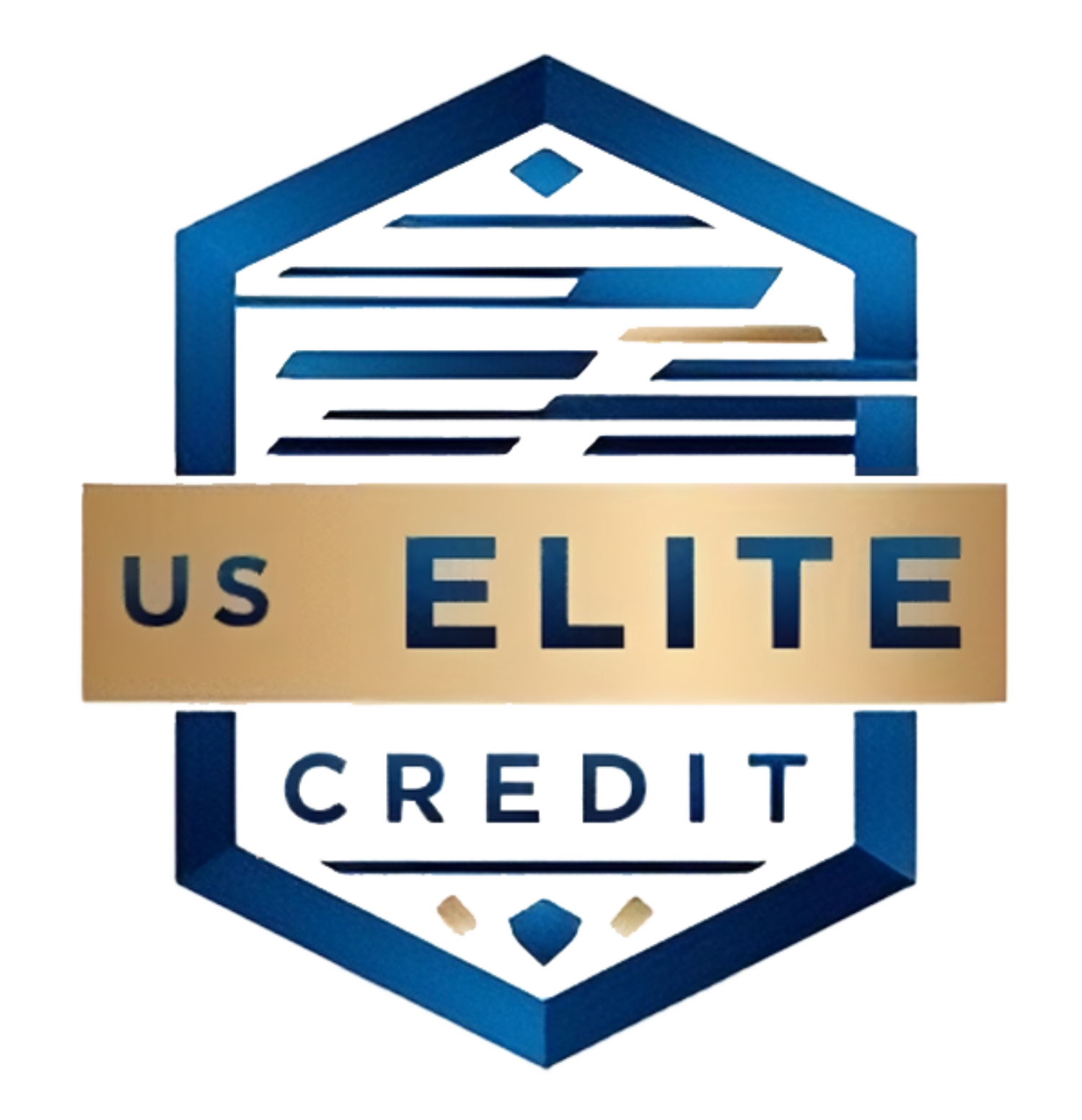You may have heard about point of sale financing and wondered how it could benefit you. This comprehensive guide aims to demystify the concept, providing you with insights into how it works, its advantages, and how to make informed decisions when considering financing options at the register. With the expertise of US Elite Credit, you’ll gain a better understanding of this financial tool, empowering you to maximize your purchasing power while managing your budget effectively.
Types of Point Of Sale Financing
Your journey into Point of Sale (POS) financing involves a variety of options tailored to your financial needs. Here are some common types:
| Buy Now, Pay Later Programs | Flexible payment plans allowing immediate purchase |
| Installment Loans | Loans paid back in fixed monthly installments |
| Retailer Financing Options | In-store financing provided directly by retailers |
| Personal Loans | Unsecured loans that can be used anywhere |
| Credit Cards | Revolving credit lines for ongoing purchases |
After exploring these options, you can choose the one that best suits your purchasing needs.
Buy Now, Pay Later Programs
Assuming you want to make a purchase without immediate payment, buy now, pay later programs enable you to enjoy the product instantly while spreading the cost over time.
Installment Loans
Later, you might consider installment loans. These loans are structured so you can make manageable monthly payments over a defined period, providing clarity and ease in your budgeting.
Programs typically involve a fixed interest rate and a set repayment timeline, making it easier for you to forecast your financial commitments without surprise charges.
Retailer Financing Options
Assuming you prefer to shop directly with retailers, you might find exclusive financing options available at the point of sale.
For instance, many retailers offer financing plans that enable you to pay for purchases over time, often with promotional interest rates or deferred payments, allowing you to budget effectively while enjoying your purchase.
Step-by-Step Guide to Utilizing Point Of Sale Financing
Some individuals are discovering how point of sale financing can enhance their purchasing power. This guide will help you navigate the entire process efficiently. You can follow the table below to ensure every step is taken with care:
| Steps | Actions |
|---|---|
| Assess Financing Needs | Determine your budget and desired payment plan. |
| Choosing the Right Financing Option | Research available financing options. |
| Application and Approval Process | Complete the application for your chosen financing option. |
Assessing Financing Needs
If you are considering point of sale financing, the first step is to assess your financing needs. Evaluate your budget, determine how much you can afford to spend, and identify the types of purchases that would benefit from financing. This pre-analysis will guide you in making informed decisions throughout the process.
Choosing the Right Financing Option
An effective financing choice involves comparing different options available to you. Look for plans that suit your financial capabilities, understanding interest rates, and payment terms. The right choice will enhance your buying experience while ensuring manageable payments.
Financing options vary widely, so it’s important to analyze what each provider offers. Look for terms that align with your financial goals and check for any additional fees that could arise. By weighing these factors, you can select a financing option that provides maximum benefit with minimal strain on your finances.
Application and Approval Process
Financing requires completing an application specific to your chosen option. This will typically involve providing personal financial information and agreeing to the terms laid out by the lender. Ensure your documents are prepared for a smooth application experience.
For instance, when applying for financing, lenders may assess your credit score, income, and financial history to determine your eligibility. Providing accurate and complete information will not only speed up the approval process but also improve your chances of obtaining favorable terms that suit your budget.
Important Factors to Consider
Once again, as you evaluate Point of Sale financing options, it’s imperative to take several key factors into account:
- Your budget and payment ability
- Duration of the financing period
- Interest rates and associated fees
- Potential impact on your credit score
After analyzing these elements, you can make a more informed decision that aligns with your financial situation.
Interest Rates and Fees
One of the first things you should examine is the interest rates and fees associated with your Point of Sale financing. These costs can vary widely based on the lender and your credit profile, impacting your total repayment amount.
Loan Terms and Conditions
Rates and terms can significantly influence your repayment plan. Various lenders offer differing lengths for loan terms, so you should find one that suits your financial situation while ensuring manageable monthly payments.
Plus, understanding the specific conditions of your loan agreement is vital. For instance, check if there are any prepayment penalties or late fees, as these can affect your overall sense of financial flexibility after securing the loan.
Impact on Credit Score
The potential impact on your credit score is another factor to consider before proceeding with Point of Sale financing. Taking on new debt can affect your credit utilization ratio and overall credit health.
It’s important to be aware that while some financing options may not require a hard credit check, others might. Consequently, keeping track of how your payment history on the financed amount affects your credit profile is imperative for maintaining a healthy financial standing.
Tips for Maximizing Point Of Sale Financing
Keep your finances in check to make the most of point of sale financing by following these helpful tips:
- Review interest rates before proceeding.
- Set a budget for your monthly payment.
- Choose a payment plan that aligns with your financial goals.
- Consider paying more than the minimum when possible.
Knowing these strategies can help you leverage point of sale financing effectively.
Budgeting for Monthly Payments
Point of sale financing can be a convenient way to make purchases, but budgeting is crucial. You should calculate your monthly payments in advance, ensuring that they fit comfortably within your overall budget. This proactive approach allows you to avoid unexpected financial strain and helps maintain your financial health.
Understanding Payment Schedules
The payment schedule outlines when and how much you need to pay. It typically includes the due dates and amounts for each installment, providing a clear financial roadmap. Familiarizing yourself with this schedule will help you manage cash flow, ensuring that you’re prepared when payments are due, thereby avoiding late fees or penalties.
Monthly payment schedules can vary based on the financing provider, and understanding these variations will benefit you. Some plans offer flexible payment options, while others may have fixed amounts. Reviewing the terms of your specific agreement is vital for effective budgeting and financial planning. Make sure you stay on top of your obligations to maintain a positive credit score.
Evaluating Total Costs
Total costs encompass not just the principal amount financed but also any interest, fees, or additional charges associated with the loan. Being aware of these total costs is crucial for making informed financing decisions and can save you money in the long run.
Maximizing your point of sale financing involves evaluating the overall costs and comparing options to find the best deal. This thorough assessment ensures you fully understand the financial commitment you’re making. By considering the total financial impact, including any interest charges and fees, you position yourself for a more financially sound decision. Collect all necessary information before committing to ensure you’re getting the best value for your purchase.
Pros and Cons of Point Of Sale Financing
Unlike traditional financing options, point of sale financing comes with its own set of advantages and disadvantages. Understanding these can help you make an informed decision about whether it’s the right choice for your purchases.
| Pros | Cons |
|---|---|
| Quick and easy application process | High-interest rates compared to traditional loans |
| Immediate funding at checkout | Potential for overspending on impulse purchases |
| Flexible payment options | Possible negative impact on credit score with missed payments |
| Helps build credit history | Complex terms and conditions can be confusing |
| Increases purchasing power | Limited availability at some retailers |
Advantages of Initiating Financing at Checkout
While initiating financing at checkout can feel seamless and convenient, it also allows you to make your desired purchase without delay. This instant access to funds enables you to acquire crucial items or experiences immediately, giving you the flexibility to manage your finances better.
Disadvantages and Potential Pitfalls
If you opt for point of sale financing, you may encounter several challenges. It’s crucial to be mindful of how easily you can accumulate debt if you’re not careful with repayment schedules.
Financing can lead to overspending, as the immediate availability of funds might tempt you to make impulsive purchases. Additionally, if you fail to read the terms carefully, you may find yourself with higher interest rates than anticipated, impacting your financial stability. This option might also be limited to specific retailers, which could restrict your choices when planning purchases.
Summing up
Following this guide on understanding point of sale financing with US Elite Credit, you now have the necessary tools to make informed decisions about your financing options. By considering factors such as terms, interest rates, and repayment plans, you can enhance your purchasing power while managing your financial commitments effectively. This knowledge empowers you to navigate the evolving landscape of consumer financing confidently, ensuring that you choose the best solutions for your needs.

